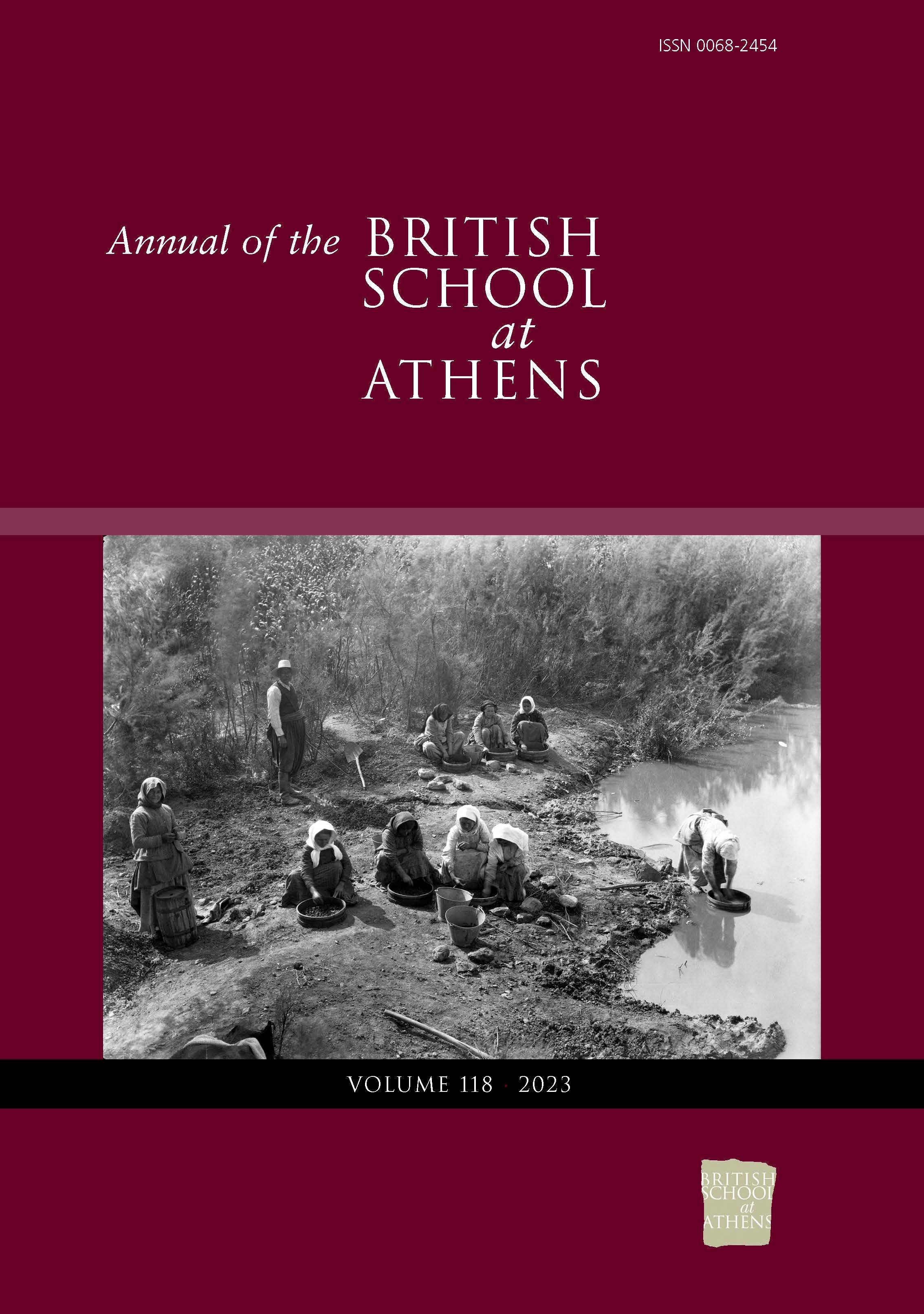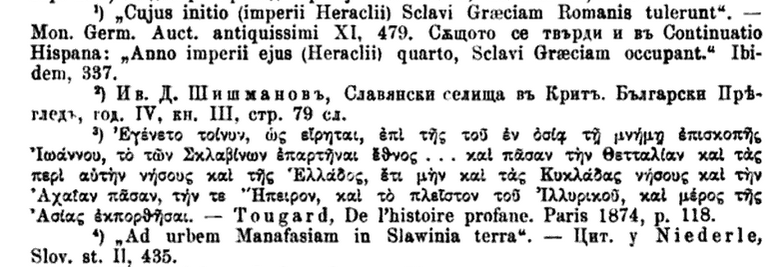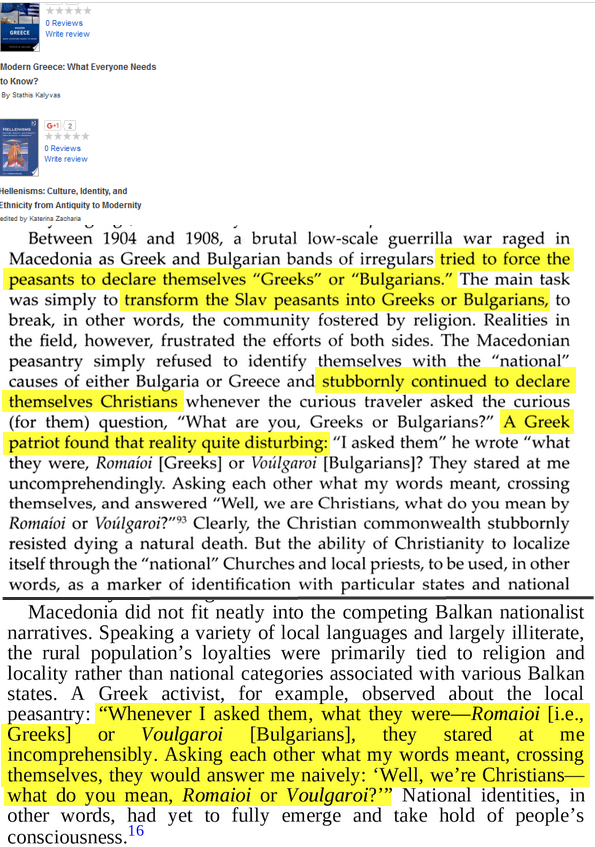Slavs retreated Pindos mountains, western Crete, Laconia* in 11th century according to this book:
Mysteriously Vlachs appear in those zones times after.
* - Keep in your mind that Slavs according to Byzantine historians ruled Peloponnese for over 200 years, so it puts things on perspective. Also it is fair to mention that non Slavic population start appearing in those zones after ''Hellenization'' of those Slavs.
Mysteriously Vlachs appear in those zones times after.
* - Keep in your mind that Slavs according to Byzantine historians ruled Peloponnese for over 200 years, so it puts things on perspective. Also it is fair to mention that non Slavic population start appearing in those zones after ''Hellenization'' of those Slavs.







Comment